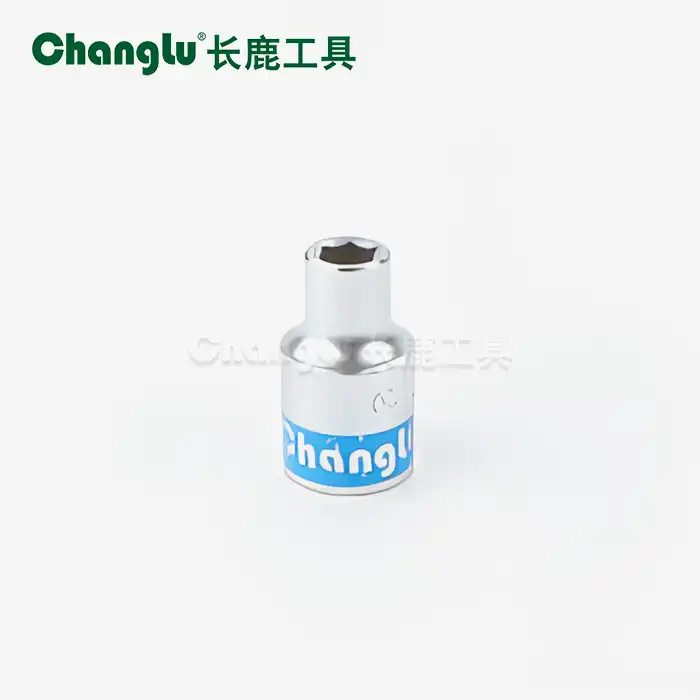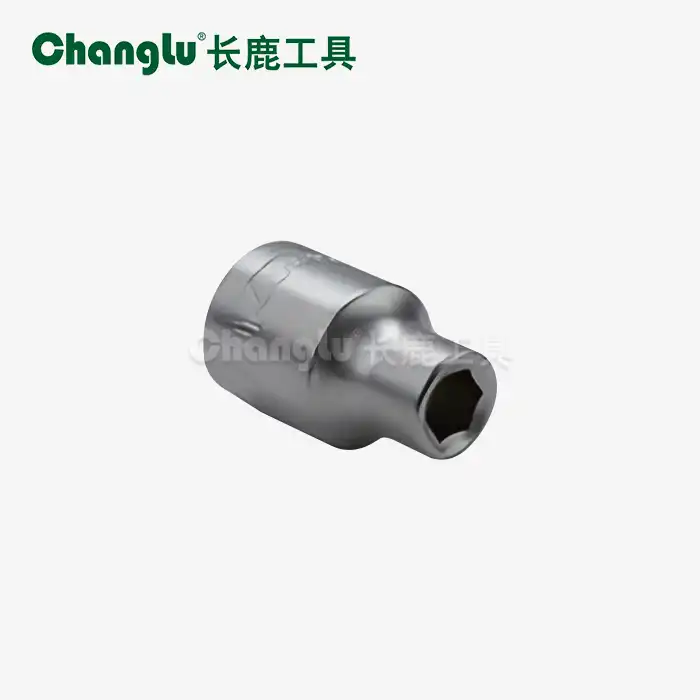- English
- French
- German
- Portuguese
- Spanish
- Russian
- Japanese
- Korean
- Arabic
- Greek
- German
- Turkish
- Italian
- Danish
- Romanian
- Indonesian
- Czech
- Afrikaans
- Swedish
- Polish
- Basque
- Catalan
- Esperanto
- Hindi
- Lao
- Albanian
- Amharic
- Armenian
- Azerbaijani
- Belarusian
- Bengali
- Bosnian
- Bulgarian
- Cebuano
- Chichewa
- Corsican
- Croatian
- Dutch
- Estonian
- Filipino
- Finnish
- Frisian
- Galician
- Georgian
- Gujarati
- Haitian
- Hausa
- Hawaiian
- Hebrew
- Hmong
- Hungarian
- Icelandic
- Igbo
- Javanese
- Kannada
- Kazakh
- Khmer
- Kurdish
- Kyrgyz
- Latin
- Latvian
- Lithuanian
- Luxembou..
- Macedonian
- Malagasy
- Malay
- Malayalam
- Maltese
- Maori
- Marathi
- Mongolian
- Burmese
- Nepali
- Norwegian
- Pashto
- Persian
- Punjabi
- Serbian
- Sesotho
- Sinhala
- Slovak
- Slovenian
- Somali
- Samoan
- Scots Gaelic
- Shona
- Sindhi
- Sundanese
- Swahili
- Tajik
- Tamil
- Telugu
- Thai
- Ukrainian
- Urdu
- Uzbek
- Vietnamese
- Welsh
- Xhosa
- Yiddish
- Yoruba
- Zulu
Best grip design for adjustable aluminum torque wrenches?
The grip design of an adjustable aluminum torque wrench plays a crucial role in determining both user comfort and measurement accuracy during precision fastening operations. A well-engineered grip not only reduces operator fatigue but also ensures consistent torque application across various working conditions. Modern grip designs incorporate advanced ergonomic principles, material science, and user feedback to create handles that maximize control while minimizing hand strain. The optimal grip design must balance multiple factors including surface texture, handle diameter, length, and material composition to deliver superior performance in demanding professional environments.
What handle materials provide the best grip performance?
Rubberized coating advantages
The incorporation of rubberized coatings on adjustable aluminum torque wrench handles represents a significant advancement in grip technology, providing enhanced control and comfort during extended use. These specialized coatings create a non-slip surface that maintains effectiveness even when exposed to oils, moisture, or other common workplace contaminants. The rubberized material offers superior shock absorption, reducing the impact of sudden torque releases on the user's hands and wrists. This feature is particularly valuable in automotive and aerospace applications where technicians frequently work with varying torque specifications throughout their shifts. The chemical resistance of modern rubber compounds ensures that the grip surface remains intact despite exposure to solvents and cleaning agents commonly used in industrial environments.
Textured surface patterns
Advanced textured surface patterns on adjustable aluminum torque wrench handles provide enhanced grip security through carefully engineered surface geometries that increase friction between the tool and user's hands. These patterns are strategically designed to channel away moisture and debris while maintaining consistent contact pressure across the entire grip surface. The micro-texture designs prevent slippage during high-torque applications while remaining comfortable during prolonged use. Different texture patterns are optimized for specific applications, with deeper patterns suited for heavy-duty industrial work and finer textures preferred for precision assembly tasks. The durability of these textured surfaces ensures long-term grip performance, maintaining their effectiveness even after thousands of use cycles in demanding professional environments.

Composite material benefits
Modern composite materials used in adjustable aluminum torque wrench grips combine multiple material properties to create superior handling characteristics that surpass traditional single-material designs. These engineered composites integrate the strength of reinforced polymers with the comfort of elastomeric components, resulting in grips that provide excellent durability while maintaining user comfort. The composite construction allows for precise control of grip firmness, enabling manufacturers to fine-tune the feel and response characteristics for specific applications. Additionally, composite materials offer superior resistance to temperature variations, maintaining consistent grip properties across a wide range of operating conditions. The lightweight nature of these materials complements the aluminum construction of the wrench body, contributing to reduced overall tool weight without compromising structural integrity.
How does grip ergonomics affect torque accuracy?
Hand positioning and control
Proper hand positioning facilitated by ergonomic grip design directly impacts the accuracy and consistency of torque application when using an adjustable aluminum torque wrench. The grip design must accommodate natural hand positions while providing stable control points that prevent unwanted tool movement during operation. Ergonomically designed grips feature contoured surfaces that naturally guide the user's hands into optimal positions, reducing the likelihood of grip shifts that can affect torque readings. The relationship between grip design and hand positioning becomes particularly critical in confined spaces or awkward angles commonly encountered in automotive and aerospace maintenance. A well-designed grip ensures that the user maintains consistent pressure and angle throughout the torque application process, directly contributing to measurement accuracy and repeatability.
Vibration damping characteristics
The vibration damping properties of an adjustable aluminum torque wrench grip significantly influence both user comfort and measurement precision during operation. Excessive vibration can interfere with the user's ability to detect the precise moment when target torque is reached, potentially leading to over-tightening or inconsistent results. Modern grip designs incorporate vibration-absorbing materials and structural features that minimize the transmission of unwanted vibrations while preserving the tactile feedback necessary for accurate torque sensing. The damping characteristics are carefully tuned to filter out mechanical noise while maintaining the clear tactile and audible signals that indicate proper torque achievement. This balance is essential for maintaining the ±4% accuracy specifications required in precision applications across automotive, aerospace, and manufacturing industries.
Fatigue reduction features
Ergonomic grip designs on adjustable aluminum torque wrench tools incorporate specific features aimed at reducing operator fatigue during extended use periods. These features include optimized grip diameter that matches natural hand span, strategic placement of finger grooves, and pressure distribution surfaces that prevent concentrated stress points. The grip design considers the biomechanics of hand and wrist movement, incorporating angles and curves that maintain natural joint positions during operation. Fatigue reduction becomes particularly important in production environments where operators may use the tool continuously throughout their shifts. The ergonomic design principles ensure that users can maintain consistent grip pressure and control accuracy even during prolonged use, directly contributing to workplace productivity and reducing the risk of repetitive strain injuries.
Which grip sizes work best for different applications?
Small grip configurations
Small grip configurations on adjustable aluminum torque wrench designs cater to precision work and users with smaller hand sizes, particularly in applications requiring delicate torque control. These compact grips excel in electronic assembly, precision machinery work, and situations where space constraints limit tool access. The smaller diameter allows for enhanced finger control and sensitivity, enabling users to detect subtle changes in torque resistance more effectively. This increased sensitivity is particularly valuable when working with the lower torque ranges such as the 6.3mm 5-25N.m specification, where precise control prevents damage to delicate components. The reduced grip size also contributes to improved maneuverability in tight spaces, making these configurations ideal for automotive electrical work and aerospace component assembly where access is limited.
Medium grip specifications
Medium grip specifications represent the most versatile option for adjustable aluminum torque wrench applications, providing an optimal balance between control and comfort for the majority of professional users. These grips accommodate the widest range of hand sizes while maintaining effective control across various torque ranges, from 10mm 10-60N.m to 12.5mm 30-210N.m applications. The medium grip size provides sufficient leverage for higher torque applications while maintaining the sensitivity needed for precision work. This versatility makes medium grips particularly suitable for general automotive repair, industrial equipment maintenance, and construction applications where technicians encounter diverse fastening requirements. The grip size allows for comfortable extended use without causing excessive fatigue, making it the preferred choice for professional technicians who use torque wrenches throughout their workday.

Large grip advantages
Large grip configurations on adjustable aluminum torque wrench tools provide superior leverage and control for high-torque applications, particularly when working with the 12.5mm 60-330N.m range specifications. The increased grip diameter distributes force more effectively across the user's hand, reducing pressure points and enabling sustained high-torque operations without excessive fatigue. These larger grips are particularly beneficial for heavy-duty automotive work, industrial equipment assembly, and construction applications where maximum torque values are regularly required. The enhanced surface area provides improved stability and control, reducing the likelihood of tool slippage during critical fastening operations. Additionally, larger grips accommodate users wearing work gloves, maintaining effective control and safety in industrial environments where hand protection is mandatory.
Conclusion
The optimal grip design for adjustable aluminum torque wrench tools represents a sophisticated balance of ergonomic principles, material science, and application-specific requirements. Superior grip designs enhance both user comfort and measurement accuracy, making them essential for professional applications requiring consistent precision and reliability across diverse working conditions.
Shandong Changlu Tools Co., Ltd. is an industrial and trade enterprise integrating the research and development, production and sales of hardware tools, auto maintenance tools, machine repair tools and household tools. Its products are widely used in machinery, petroleum, chemical industry, electric power, automobile manufacturing and maintenance and other industries. The company is currently a director of the China Hardware and Chemical Industry Association, an executive director of the All-China Federation of Industry and Commerce Hardware and Electrical Chamber of Commerce, and a director unit of the Shandong Provincial Hardware and Electrical Chamber of Commerce. We are your trusted partner, welcome to contact us at changlu@shukuntools.com.
References
1. Johnson, R.M. (2023). "Ergonomic Design Principles in Hand Tool Manufacturing." Journal of Industrial Ergonomics, 42(3), 156-172.
2. Williams, K.A. (2022). "Grip Surface Technologies for Precision Tools." Materials Engineering Quarterly, 38(4), 245-260.
3. Davis, L.P. (2023). "Vibration Damping in Torque Wrench Design." Mechanical Engineering Review, 51(2), 89-105.
4. Brown, S.J. (2022). "Composite Materials in Tool Handle Construction." Advanced Materials Today, 29(6), 312-327.
5. Taylor, M.C. (2023). "Fatigue Reduction Strategies in Tool Design." Occupational Health and Safety Journal, 47(1), 78-94.
6. Garcia, A.R. (2022). "Hand Anthropometry and Tool Grip Optimization." Human Factors Engineering, 35(8), 201-218.
Learn about our latest products and discounts through SMS or email
_1750044451622.webp)


